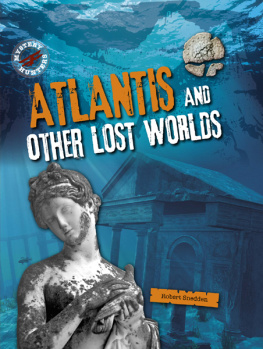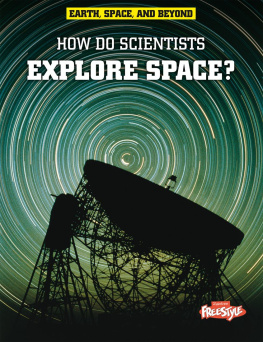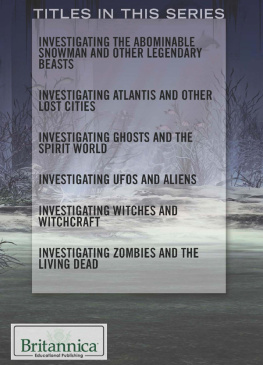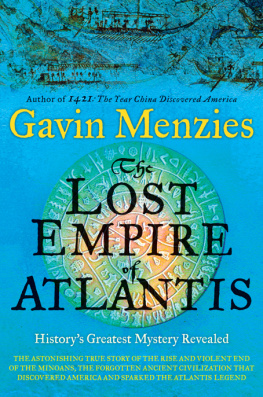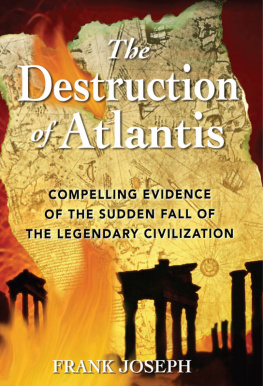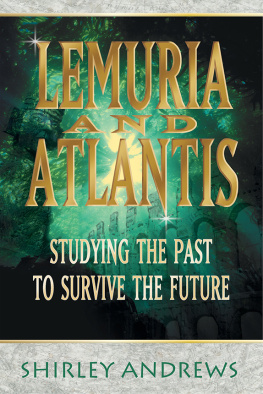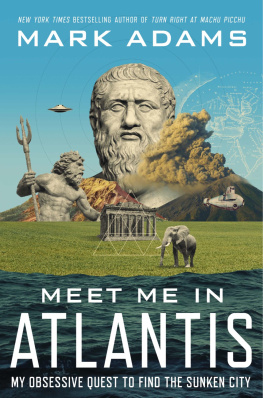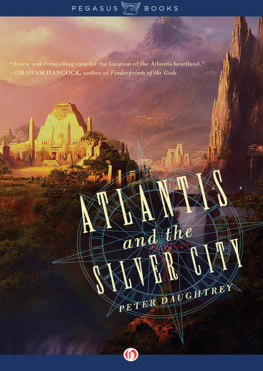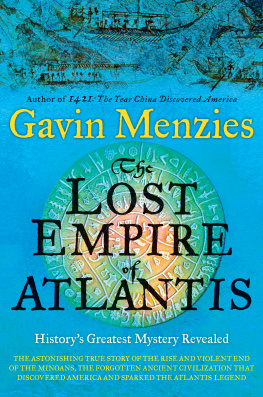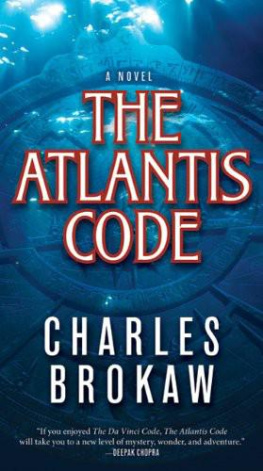
Please visit our website, www.garethstevens.com.
For a free color catalog of all our high-quality books, call toll free 1-800-542-2595 of fax 1-877-542-2596.
Cataloging-in-Publication Data
Names: Snedden, Robert.
Title: Atlantis and other lost worlds / Robert Snedden.
Description: New York : Gareth Stevens, 2017. | Series: Mystery hunters | Includes index. Identifiers: ISBN 9781482459968 (pbk.) | ISBN 9781482459982 (library bound) | ISBN 9781482459975 (6 pack)
Subjects: LCSH: Atlantis (Legendary place)--Juvenile literature.
Classification: LCC GN751.S64 2017 | DDC 001.94--dc23
First Edition
Published in 2017 by
Gareth Stevens Publishing
111 East 14th Street, Suite 349
New York, NY 10003
Copyright 2017 Gareth Stevens Publishing
Produced for Gareth Stevens by Calcium
Editors: Sarah Eason and Claudia Martin
Picture researcher: Rachel Blount
Designer: Emma DeBanks
Picture credits: Cover: Shutterstock: Linda Bucklin (bg), Panos Karas (bl), Jim Larkin (tr); Inside: Library of Congress: George Grantham Bain Collection 2021c; Shutterstock: Arfabita 37t, Mila Atkovska 1213b, AuntSpray 15t, George W. Bailey 1011bg, Anton Balazh 2223t, Arthur Balitskiy 23, Boscorelli 2223bg, Willyam Bradberry 1213bg, Bukethun 2021bg, Rachelle Burnside 35b, Graham Death 35t, Dimitrios 8l, Joe Dunckley 34l, Eky studio 3233bg, Everett Art 25t, Flashinmirror 4041bg, Edward Haylan 2829b, IndianSummer 10t, Kamonrat 26, Chris Kolaczan 30, Vuk Kostic 9r, 3435bg, Anna Kucherova 45 bg, Jim Larkin 1, Alberto Loyo 32b, MSSA 1819bg, Nagel Photography 5br, Jamen Percy 1415bg, Photovolcanica.com 67bg, Quick Shot 2627bg, RS 1617bg, Saiko3p 3637bg, Sailorr 7tr, Semmick Photo3839bg, Science photo 89bg, 3031 bg, Shyamalamuralinath 36b, Atelier Sommerland 10b, Jose Ignacio Soto 2425bg, Tolga Tezcan 5t, Victor Torres 24, Tuulijumala 1213t, Vacclav 67b, Vibrant Image Studio 2829bg, WitR 38b, Yaalan 4243bg, Gary Yim 33l; Wikimedia Commons: 14b, 1617c, George Grantham Bain, Library of Congress 17tr, Mattymoo101 21t, Maudslay 43, Dr. Konrad Miller 29t, Thomas Murray 18l, NASA 39r, NASA, ESA and H.E. Bond (STScI) 42b, NASA/JPL- Caltech 41b, Patrickneil 19, William Scott-Elliott (d 1930) 2627b, Adalberto Hernandez Vega from Copan Ruinas, Honduras 31t, Warofdreams 40.
All rights reserved. No part of this book may be reproduced in any form without permission from the publisher, except by reviewer.
Printed in the United States of America
CPSIA compliance information: Batch #CW17GS: For further information contact Gareth Stevens, New York, New York at 1-800-542-2595.
CONTENTS
People have always been fascinated by stories about lost cities and lands, of great cities that are impossible to find, of lands hidden beneath the surface of Earth, or kingdoms that have vanished beneath the ocean waves. Some people are so convinced by these tales that they believe they are more than just stories. They look for evidence that these lost places were real.
Unknown Lands
Why do we tell stories about mythical lost cities and lands? Tales of mysterious, distant places have always captured the imagination. Long before the map of the world was complete, it was easy to weave fantastic stories about what might lie in unknown parts of the planet. Until the seventeenth century, for example, the people of Europe had no idea that the continent of Australia even existed.
Some of the stories of lost places may be no more than that: just stories. However, archaeologists and scientists have uncovered evidence that some places that vanished from history actually did exist.
MYSTERY HUNTER
Look for the Mystery Hunter boxes throughout the book. They will ask you to consider the information given in each chapter and answer questions based on what you have read. Then turn to pages 4445 to see if your answer is correct.
The Truth About Troy
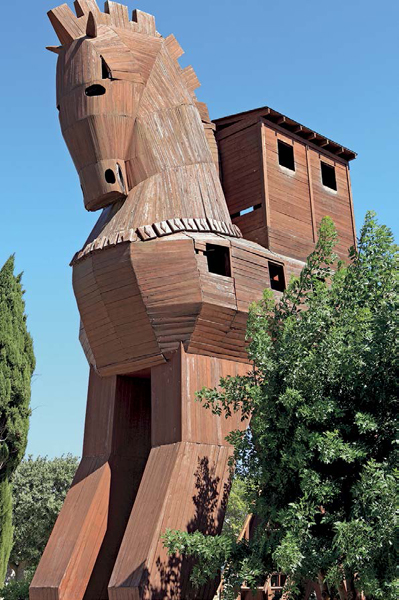
Did the Greeks wooden horse look something like this? No one knows!
You might have heard the story of the ancient city of Troy and its war with Greece, called the Trojan War, and how the Greeks soldiers hid in a giant wooden horse to get inside the enemy city. For a long time, historians believed that the story, like Troy itself, was just a myth.
The nineteenth-century German archaeologist Heinrich Schliemann thought the city really did exist. In a series of digs, Schliemann uncovered the ruins of Troy in what is now Turkey. The city does indeed seem to have been destroyed by the Greek armies of King Agamemnon sometime between 1260 and 1240 BC. However, the tale of the wooden horse may be no more than an exciting story.
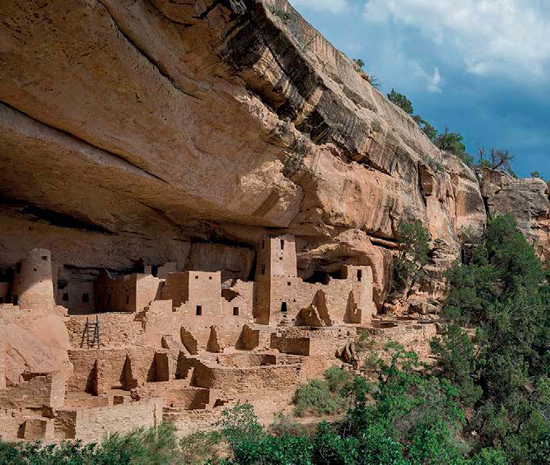
The Cliff Palace was forgotten for 500 years.
MYSTERIOUS FACTS
Before Europeans arrived in America, Native Americans lived in towns and villages across the continent. In the southwestern United States, people lived in towns cut out of cliffs. Historians call these cliff dwellers Pueblo peoples (pueblo is Spanish for town). The largest cliff town was the Cliff Palace in Colorado. It was abandoned around AD 1300 and remained undiscovered until 1888, when riders looking for stray cattle came upon it.
Flood and Fire
Is it possible that natural disasters were the seeds for some of the myths and legends of lost places? Could floods, volcanic eruptions, or other disasters have buried whole cities beneath water or ash?
Lost in Legend
Legend tells us that the lost city of Ys, said to have been the most beautiful in Europe, once stood on the coast of Brittany in France. In one story, the coast was being worn away by the sea, threatening the city with flooding. The king built a wall around the city to protect it from the water. A single gate, to which only the king had the key, was opened at low tide to let ships in. One stormy night, however, the kings daughter was tempted by the Devil into opening the gate. The sea swept in and Ys was lost. According to the legend, the church bells of Ys can still be heard when the sea is calm.
It is easy to imagine how real experiences of flooding could give rise to a story like that of Ys. There are similar stories, such as the mythical city of Kitezh, which was said to have sunk beneath Lake Svetloyar in Russia. The Isles of Scilly off the coast of Cornwall in England are believed to be the site of the vanished great kingdom of Lyonessewhere the legendary King Arthur of Britain is said to have fought his last battle. In fact, there is some evidence that rising sea levels may have flooded large areas around AD 400 to 500, turning one large landmass into the many small islands we know today.
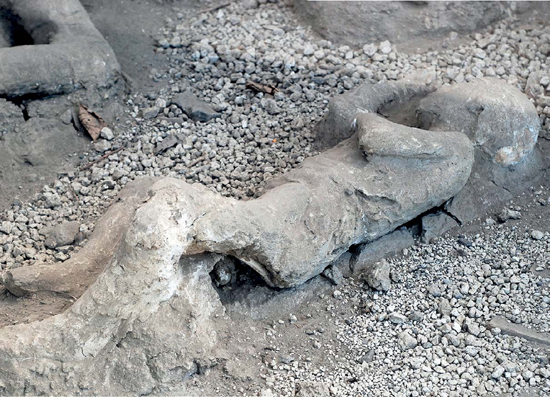
Mount Vesuvius still looms over the ruins of Pompeii. The last major eruption took place in 1944.
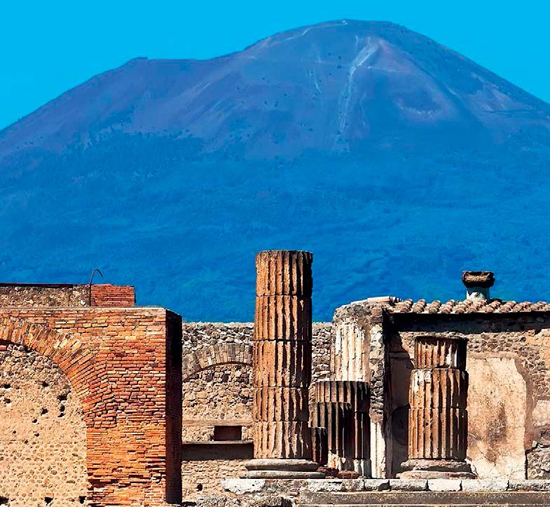
Disaster came so swiftly to Pompeii that many people had no time to flee and were buried beneath the ash.
Lost Pompeii
An erupting volcano can also cause massive destruction. In AD 79, the volcano Vesuvius in Italy erupted in a devastating explosion that buried the Roman town of Pompeii under a thick layer of ash and rock. Pompeii vanished and became largely forgotten, except in stories. It was rediscovered nearly 1,700 years later, when a canal was being constructed near the site of the buried town.
Next page
